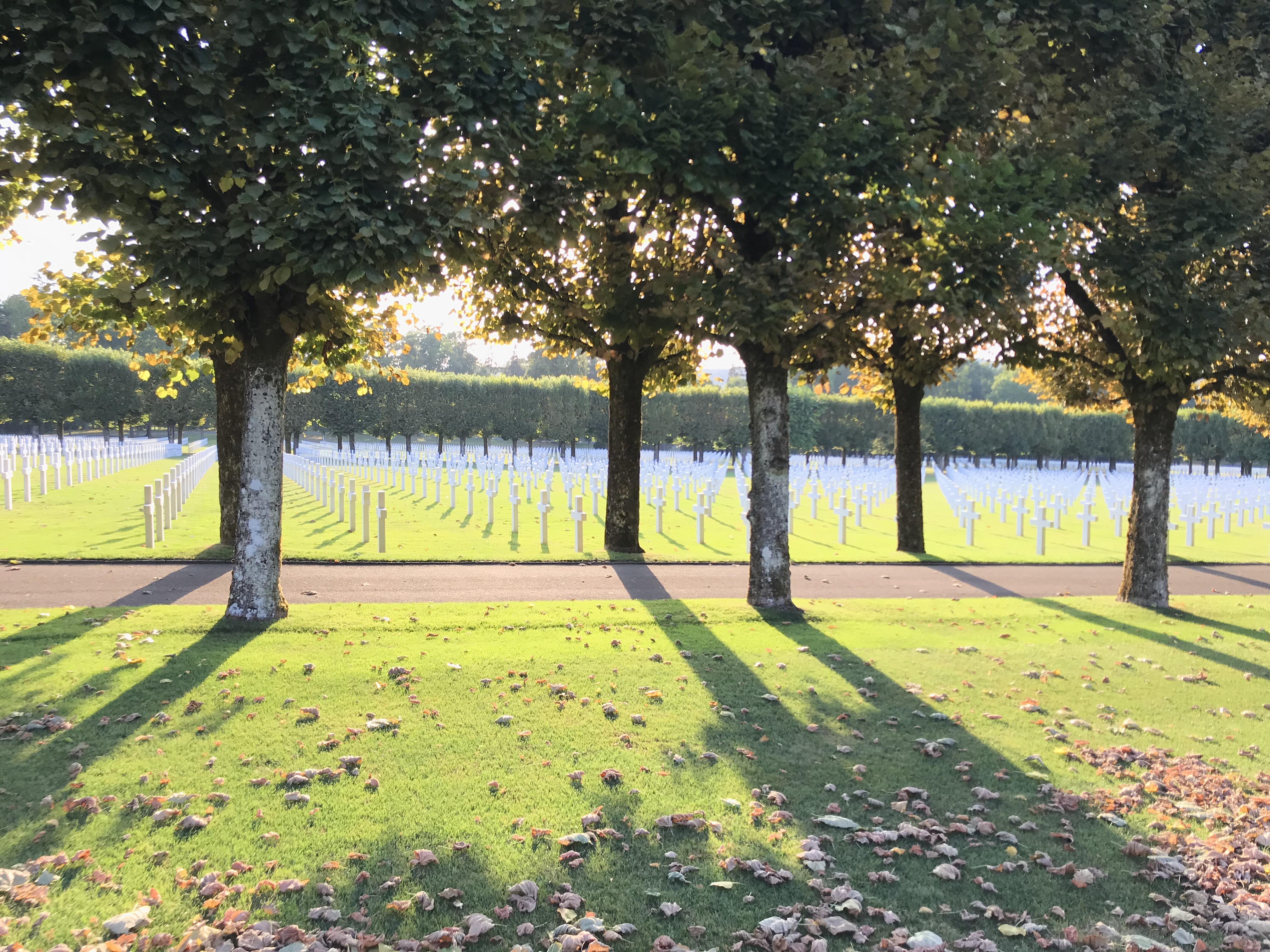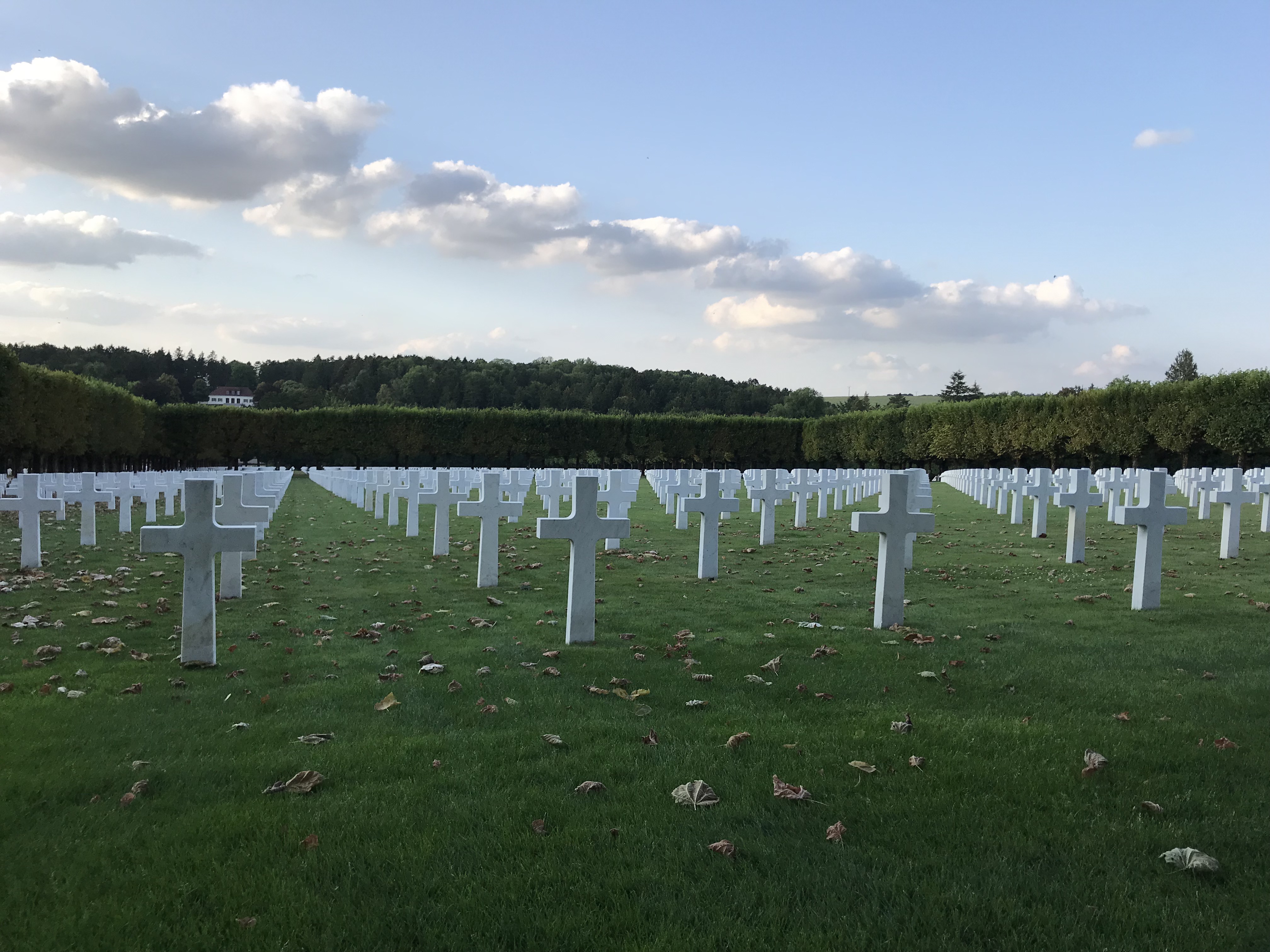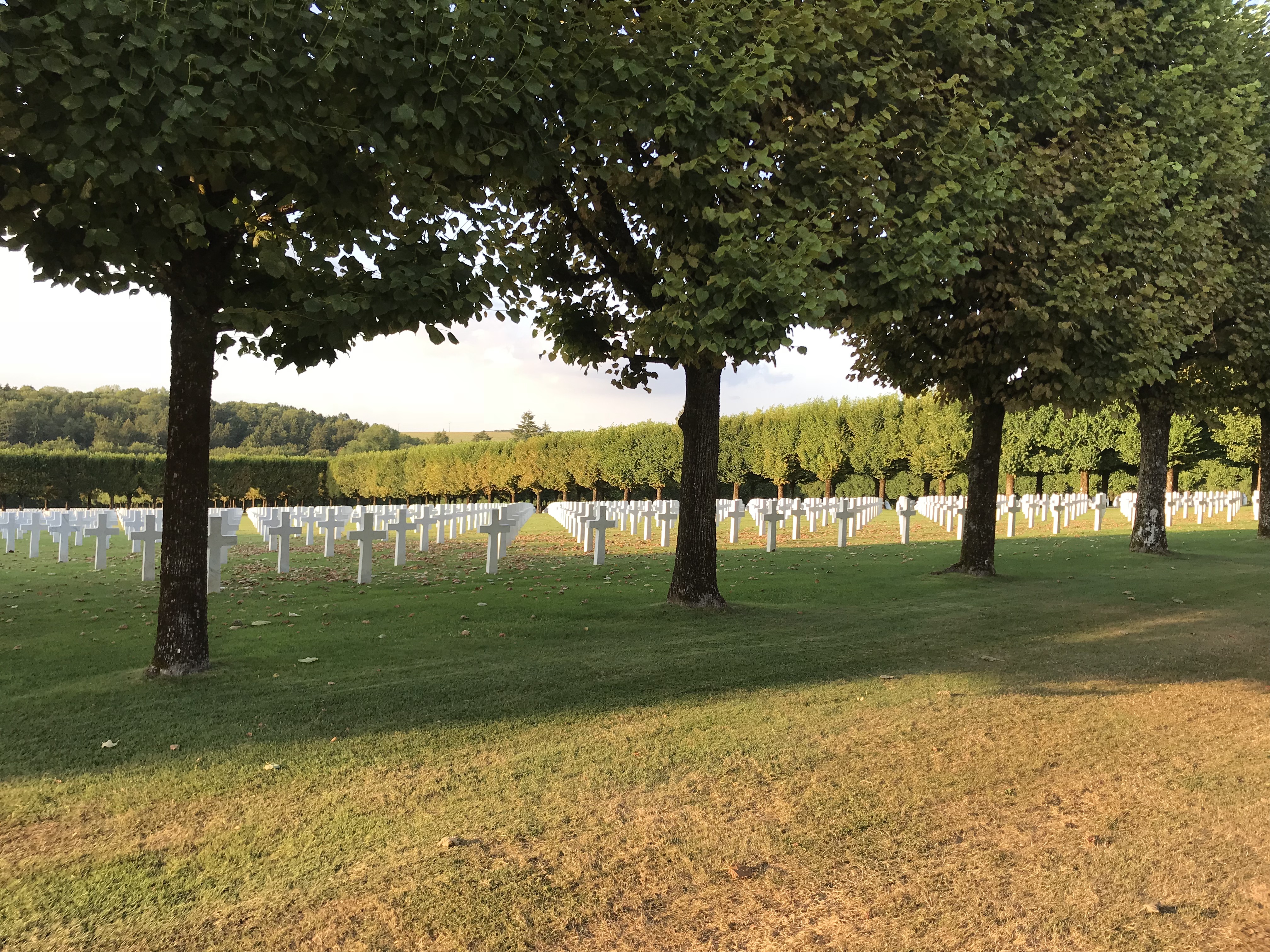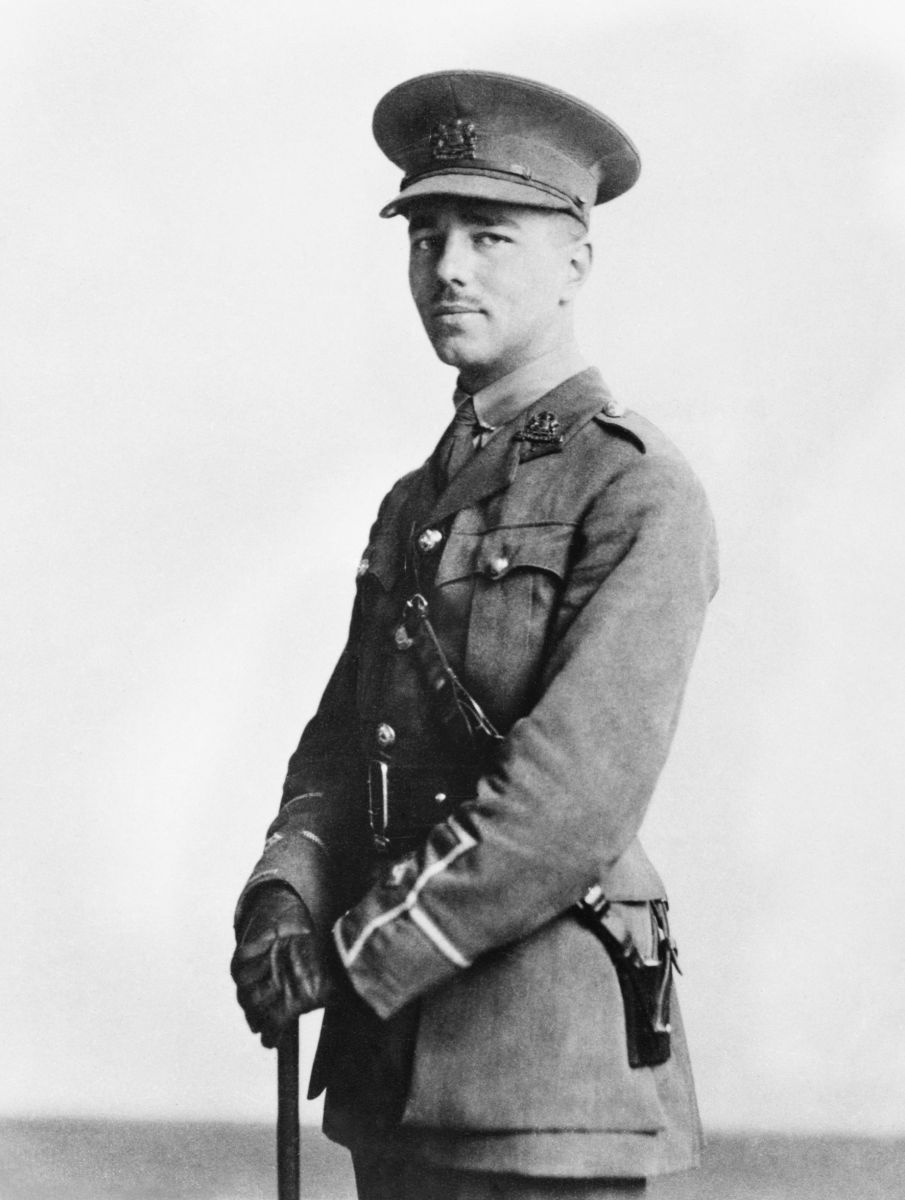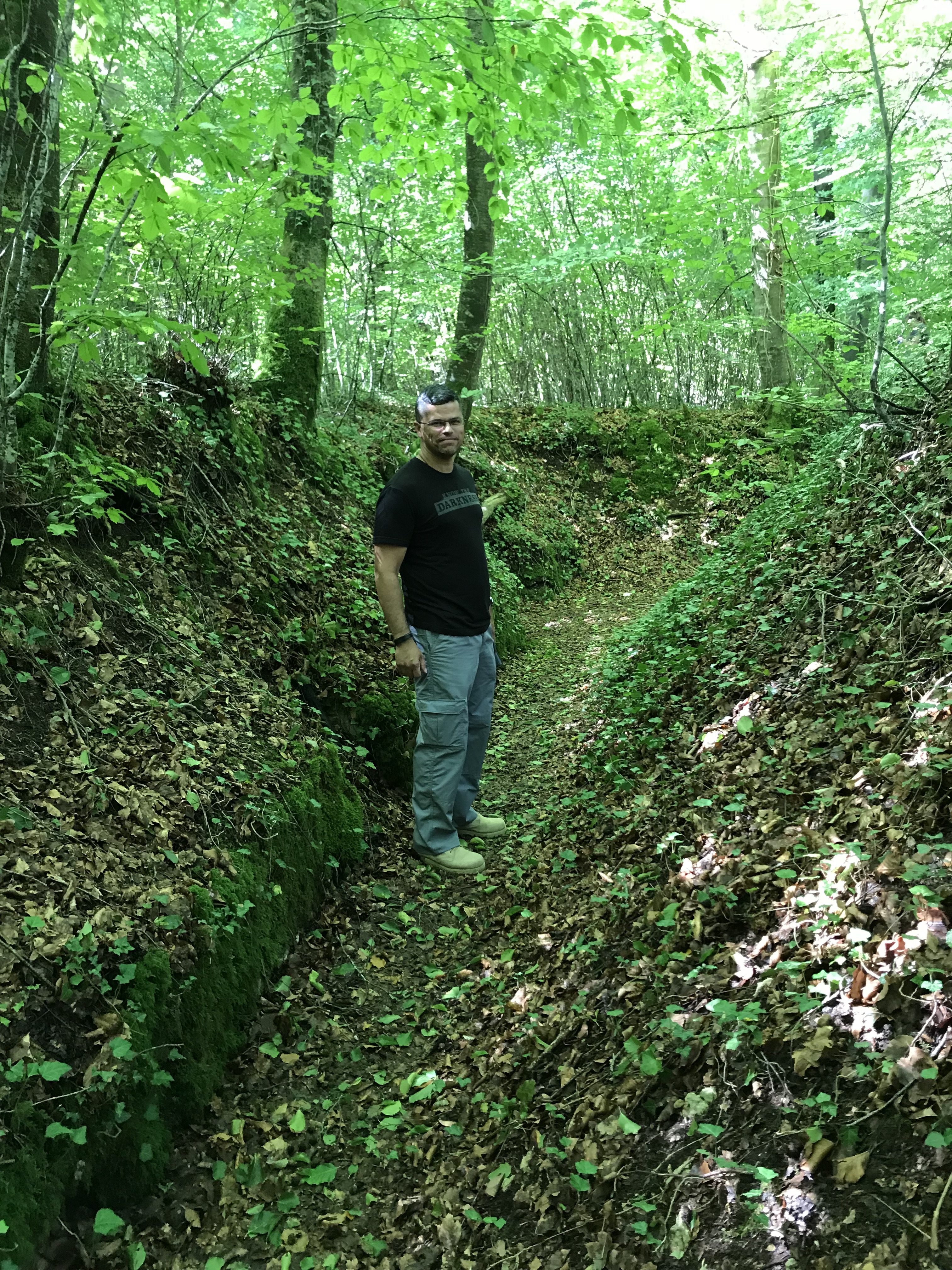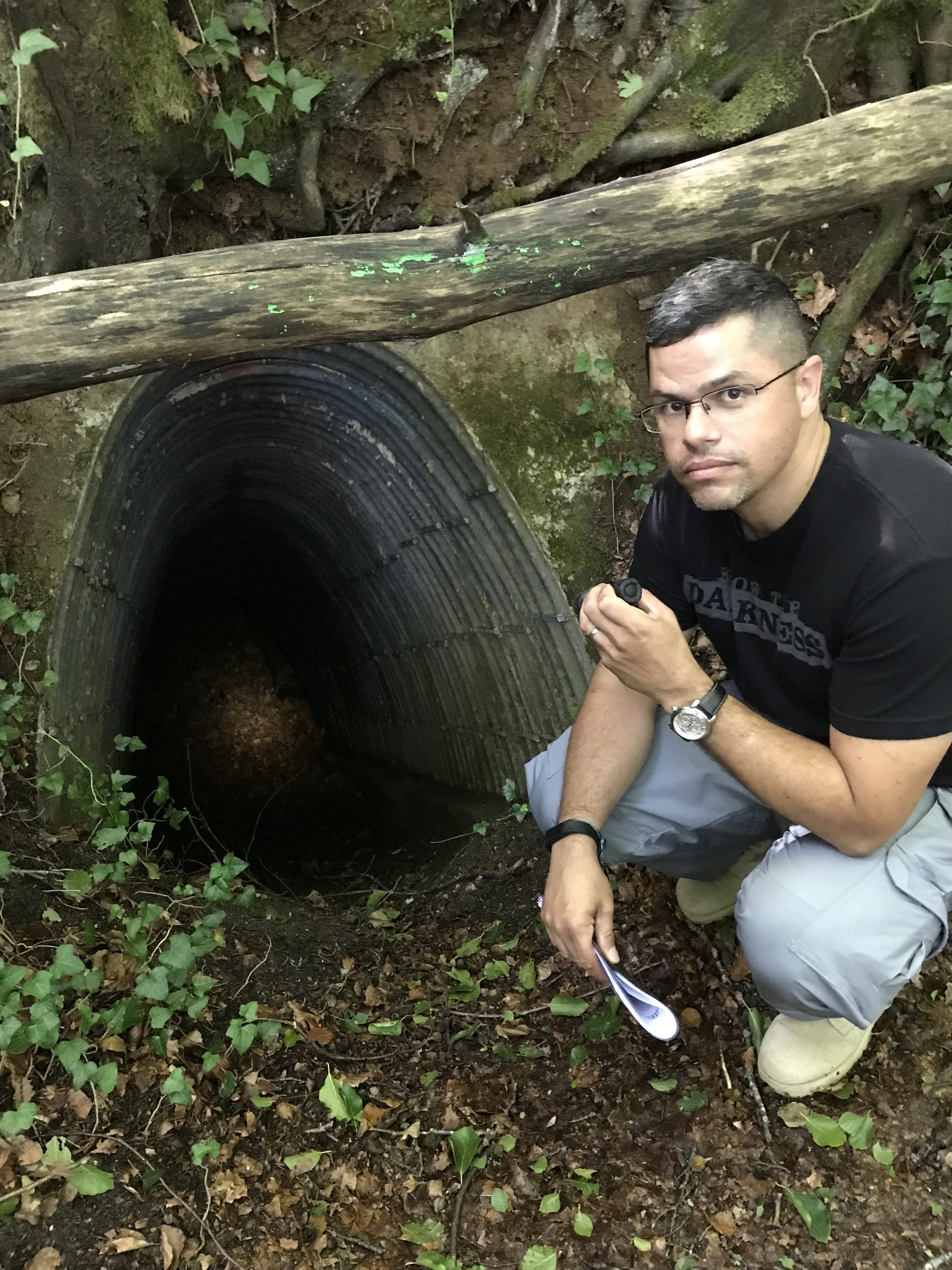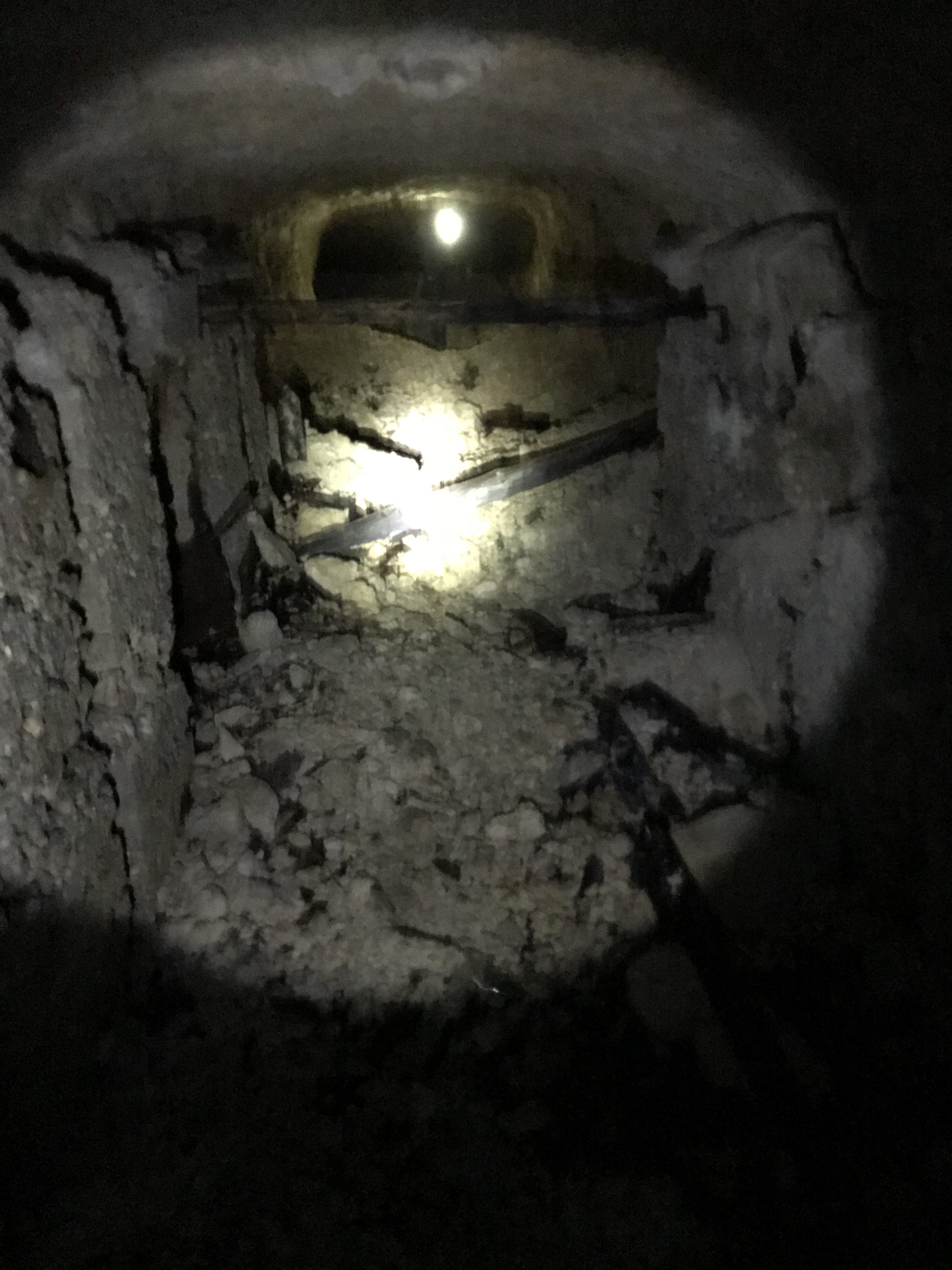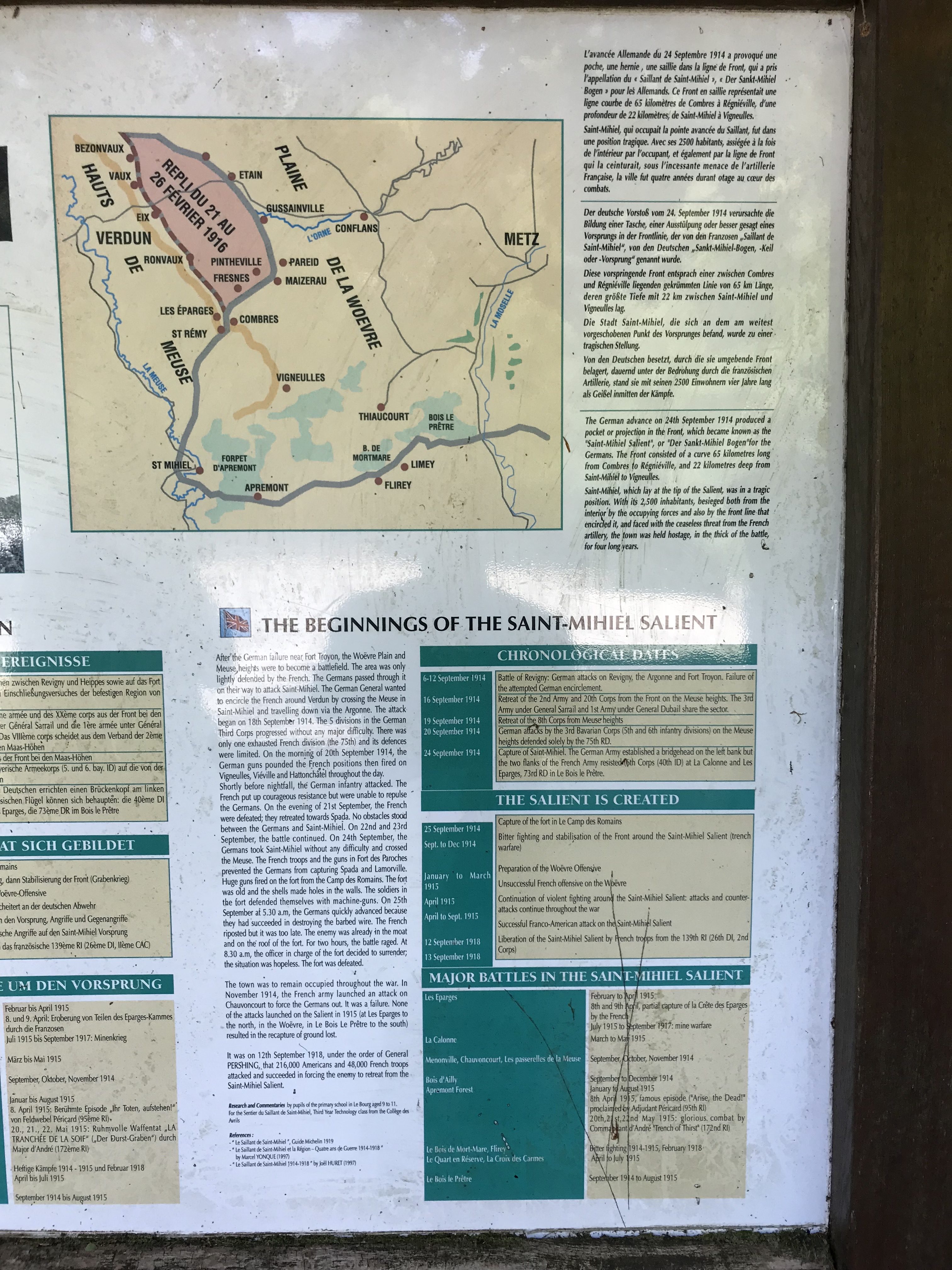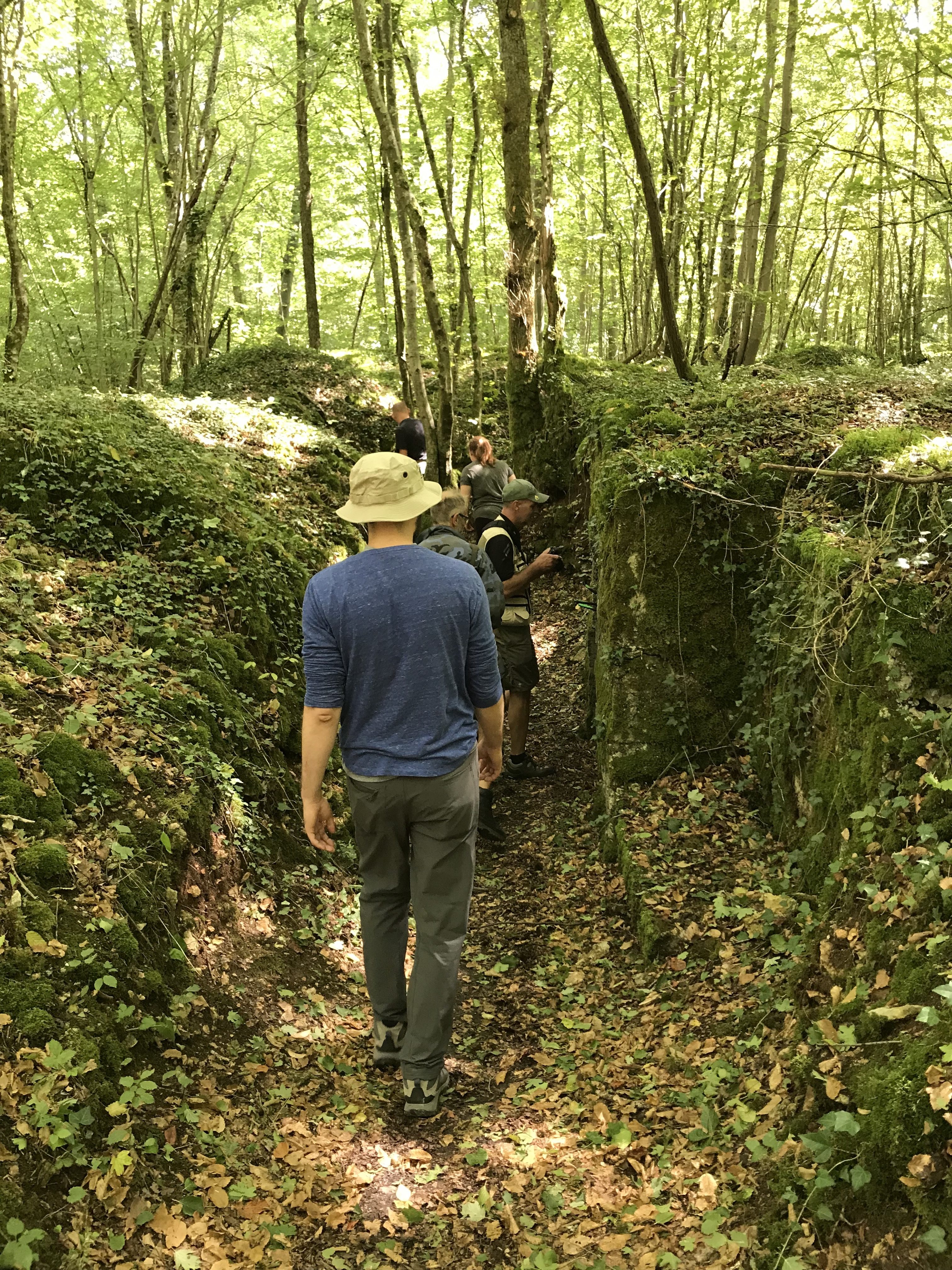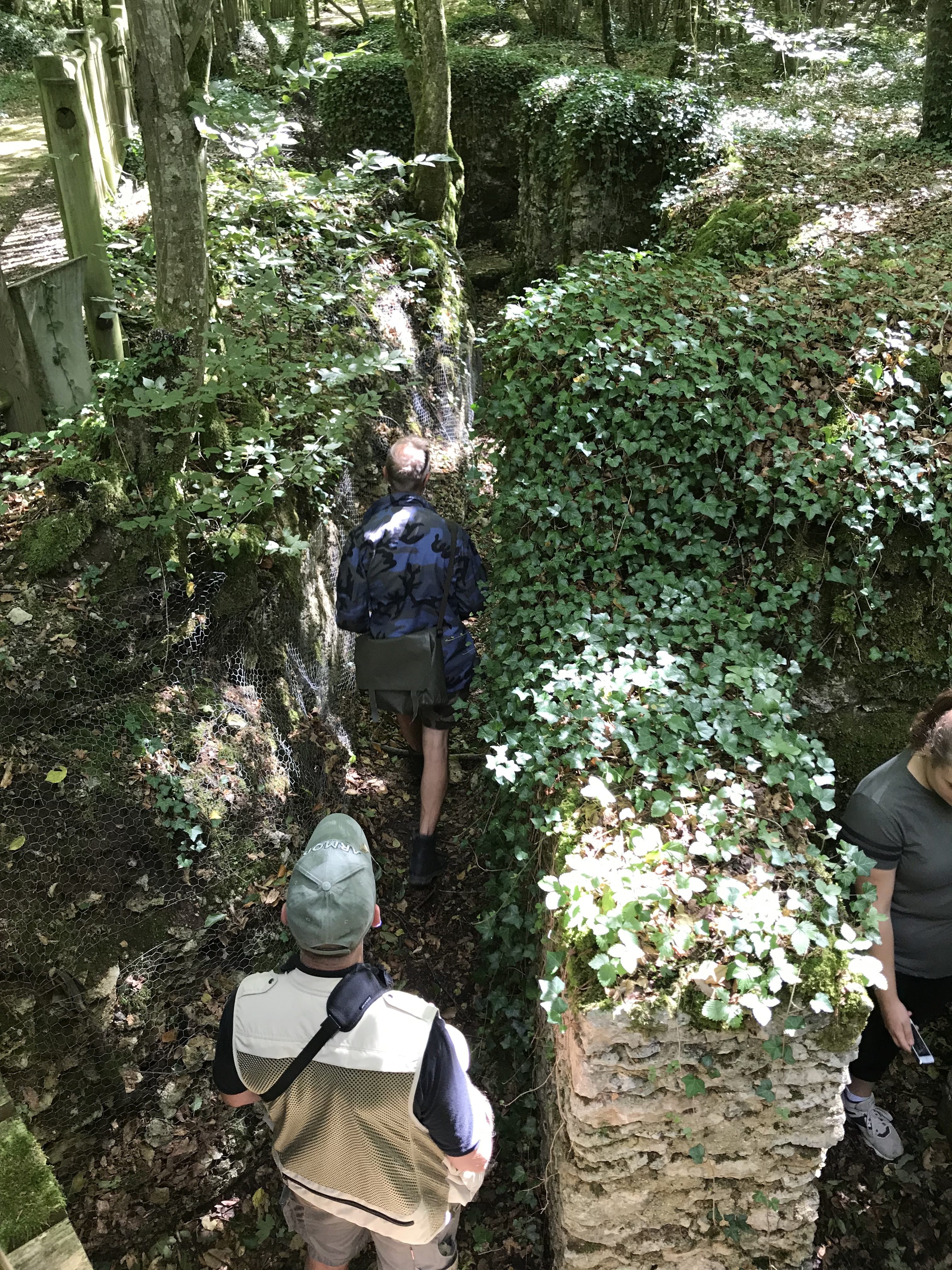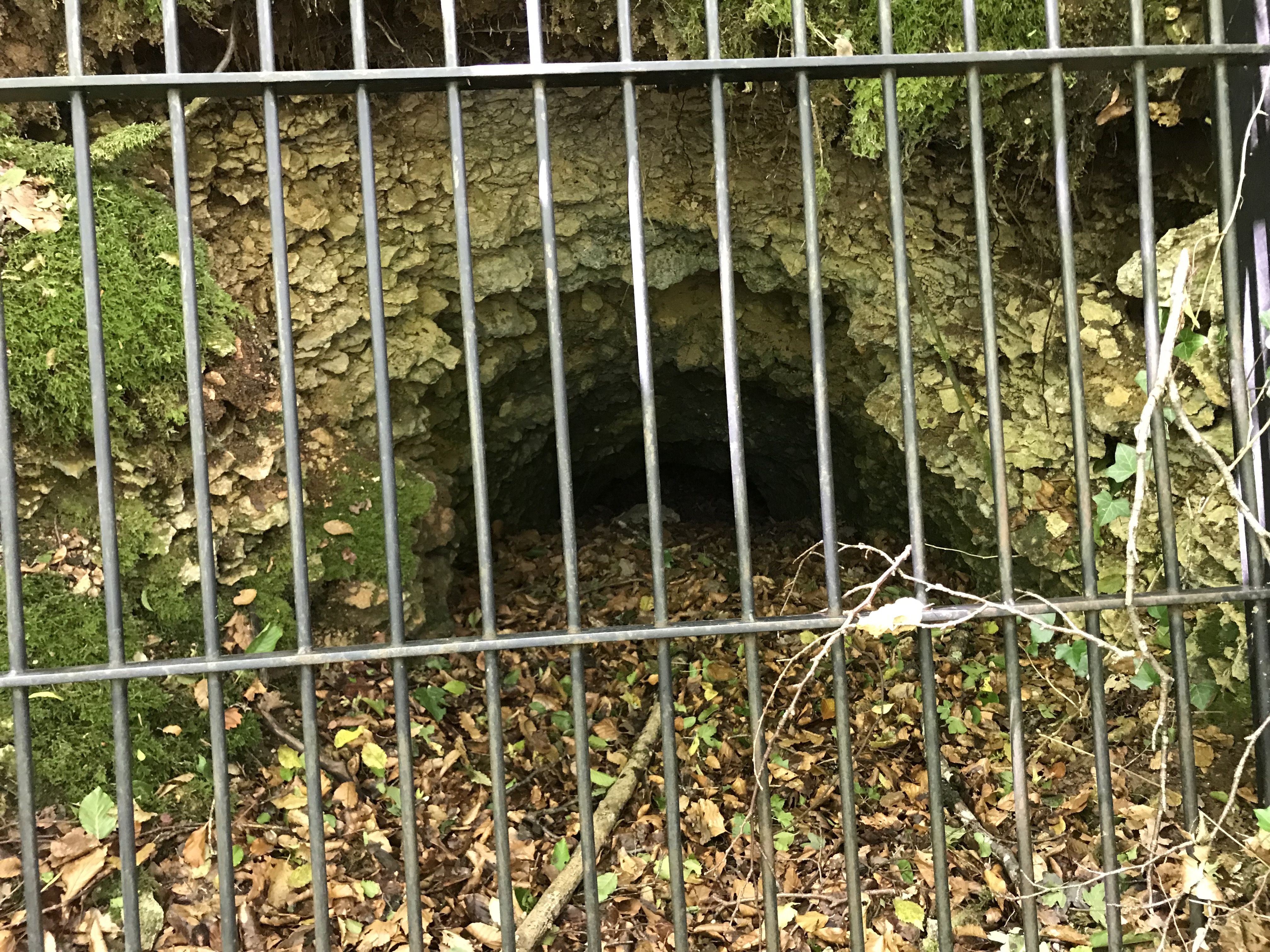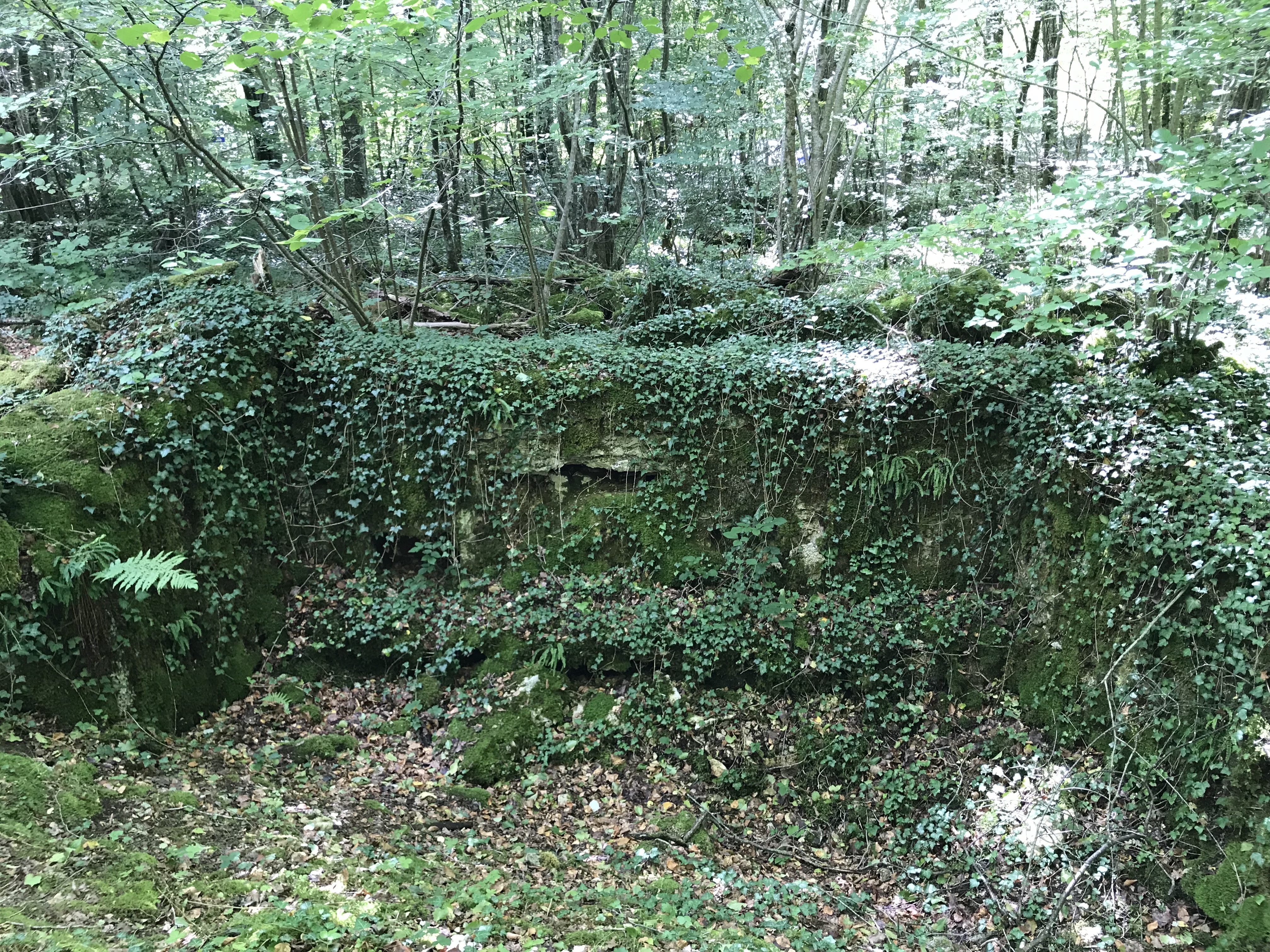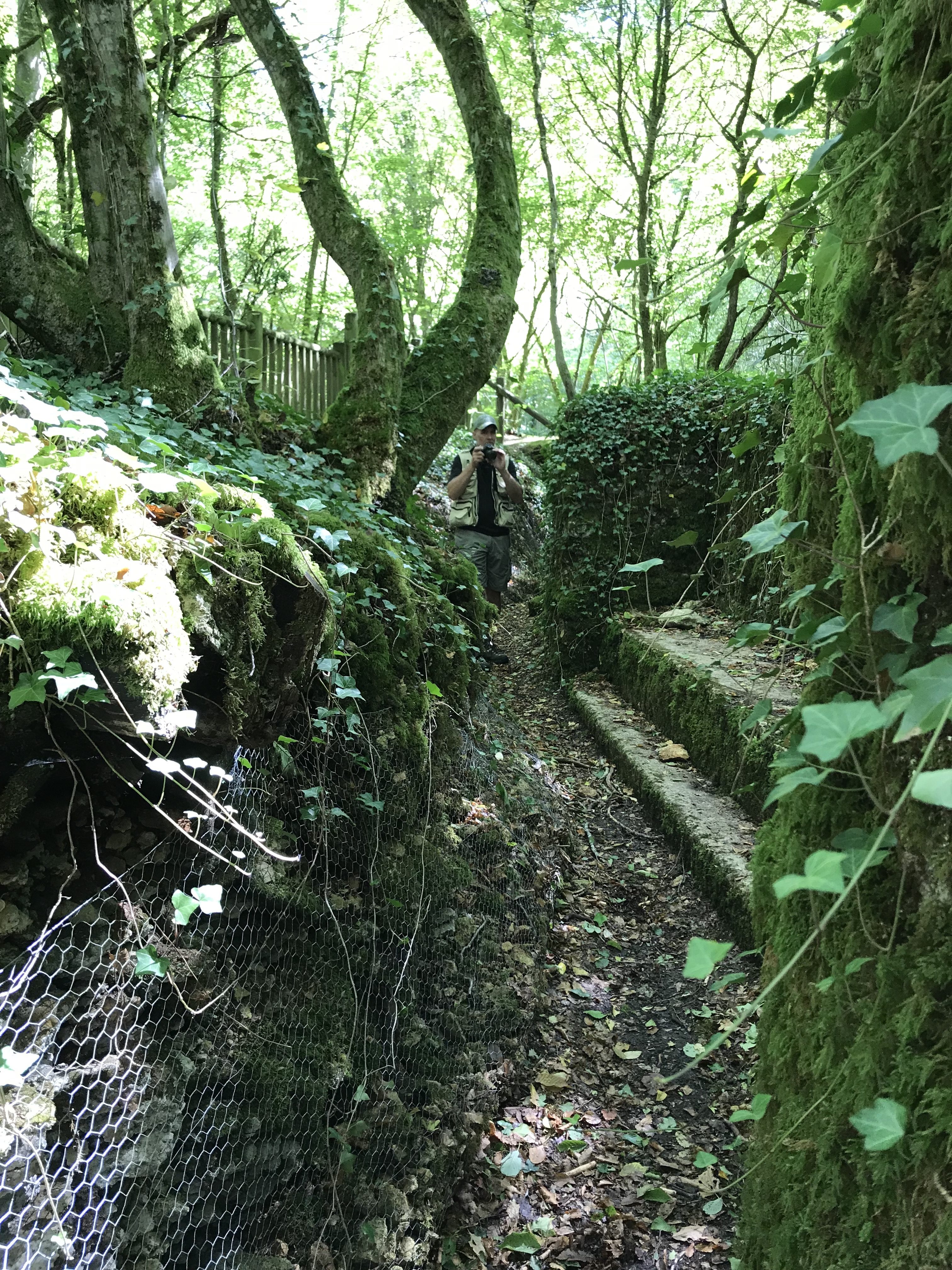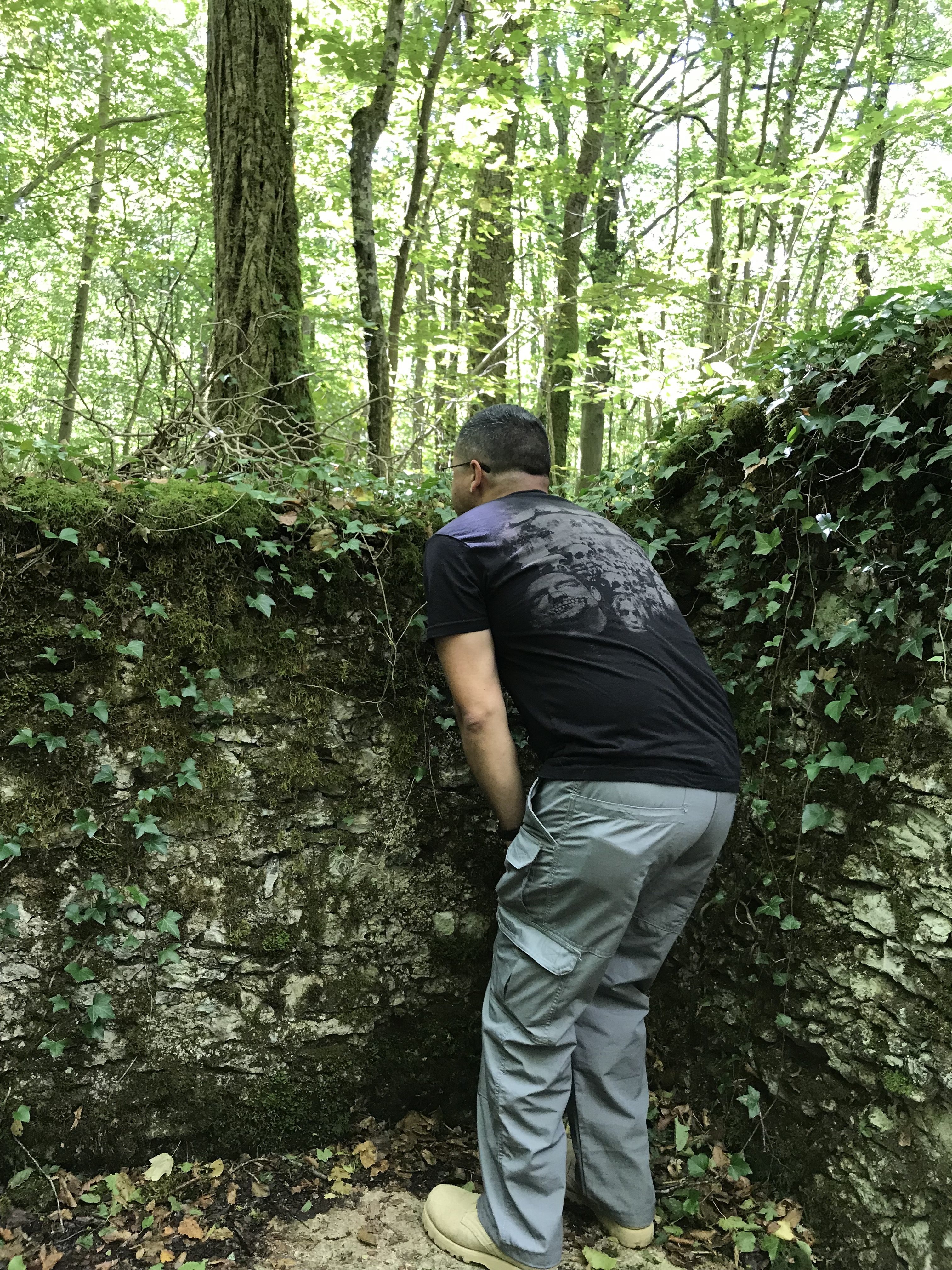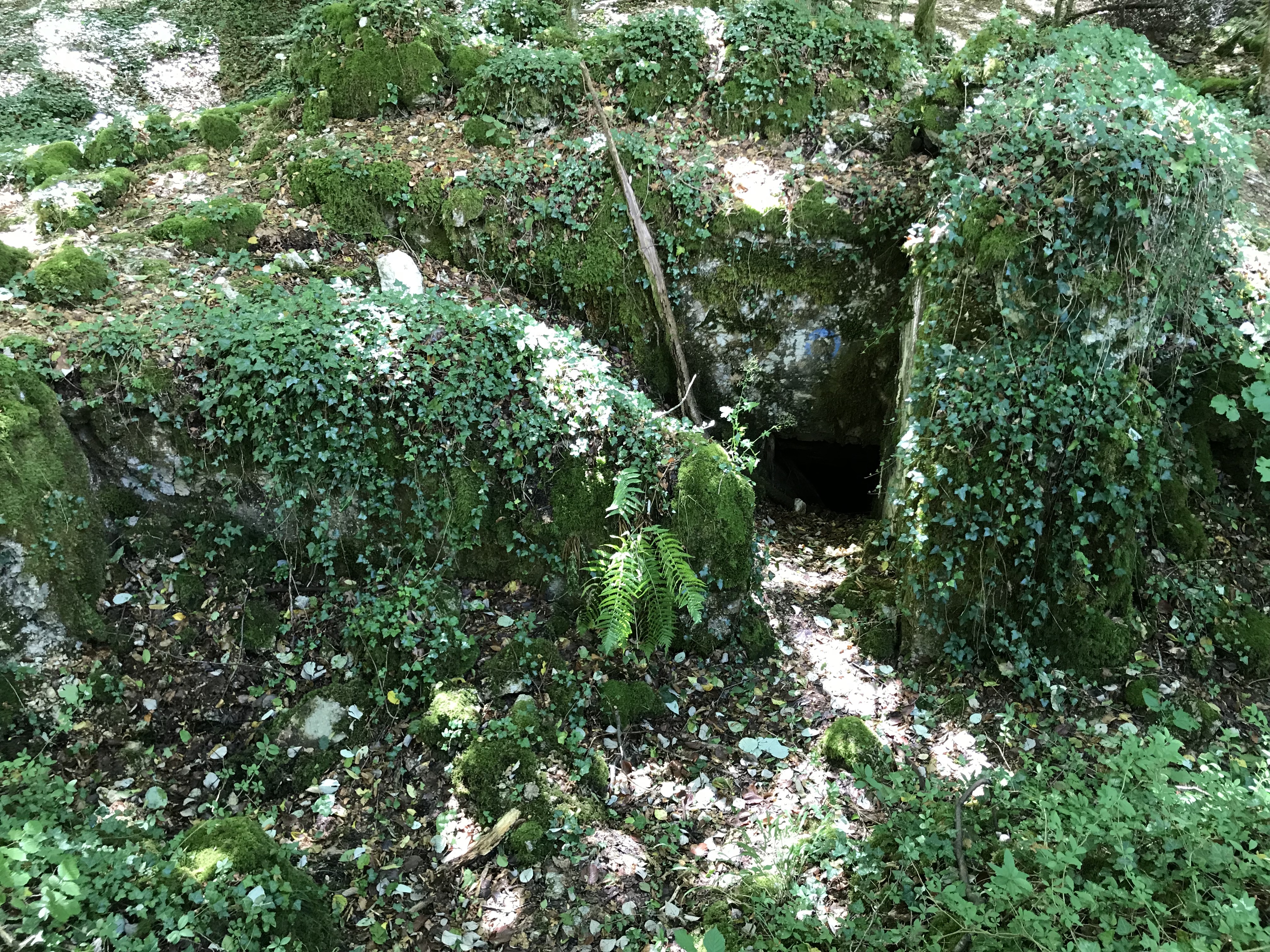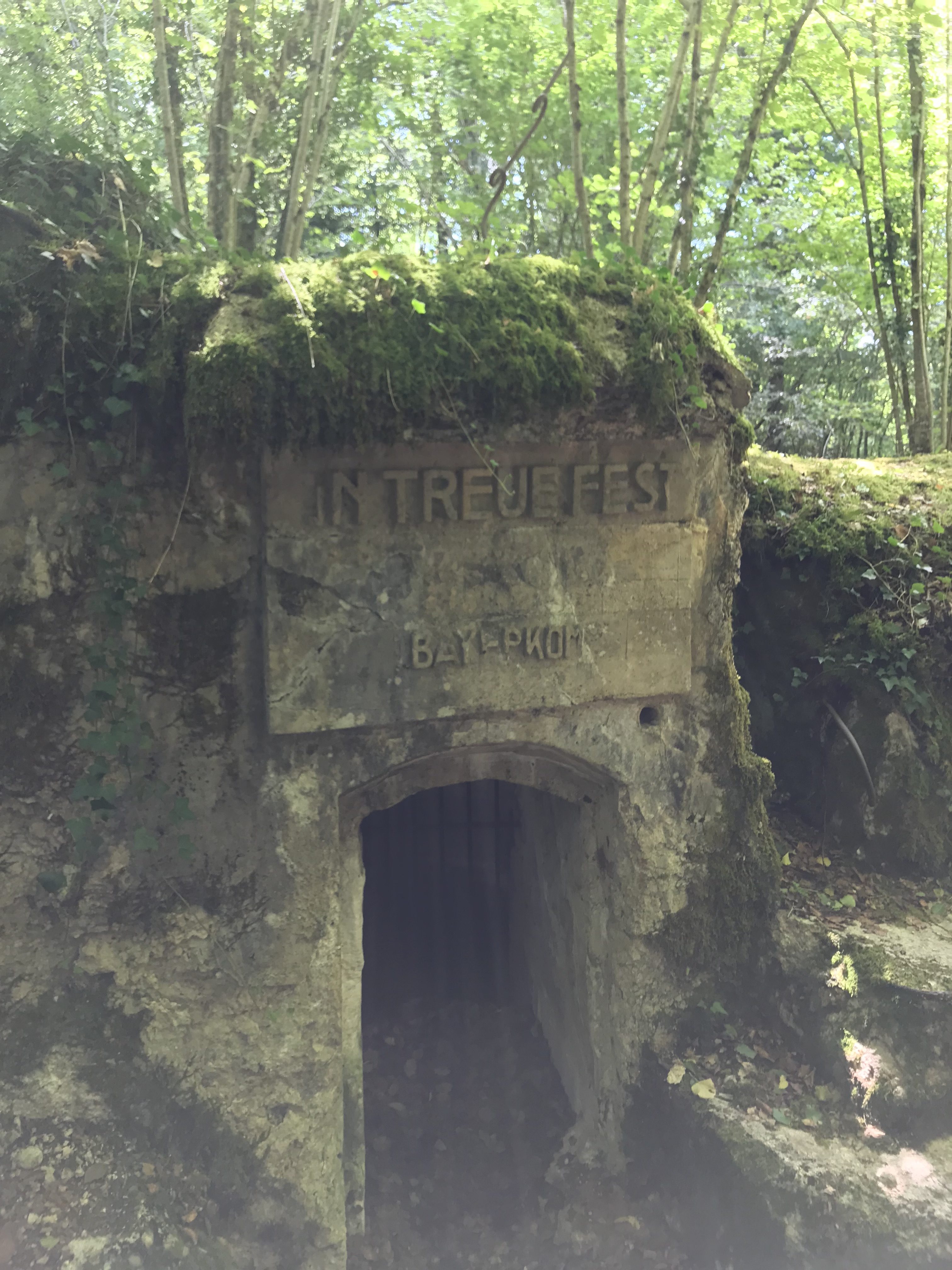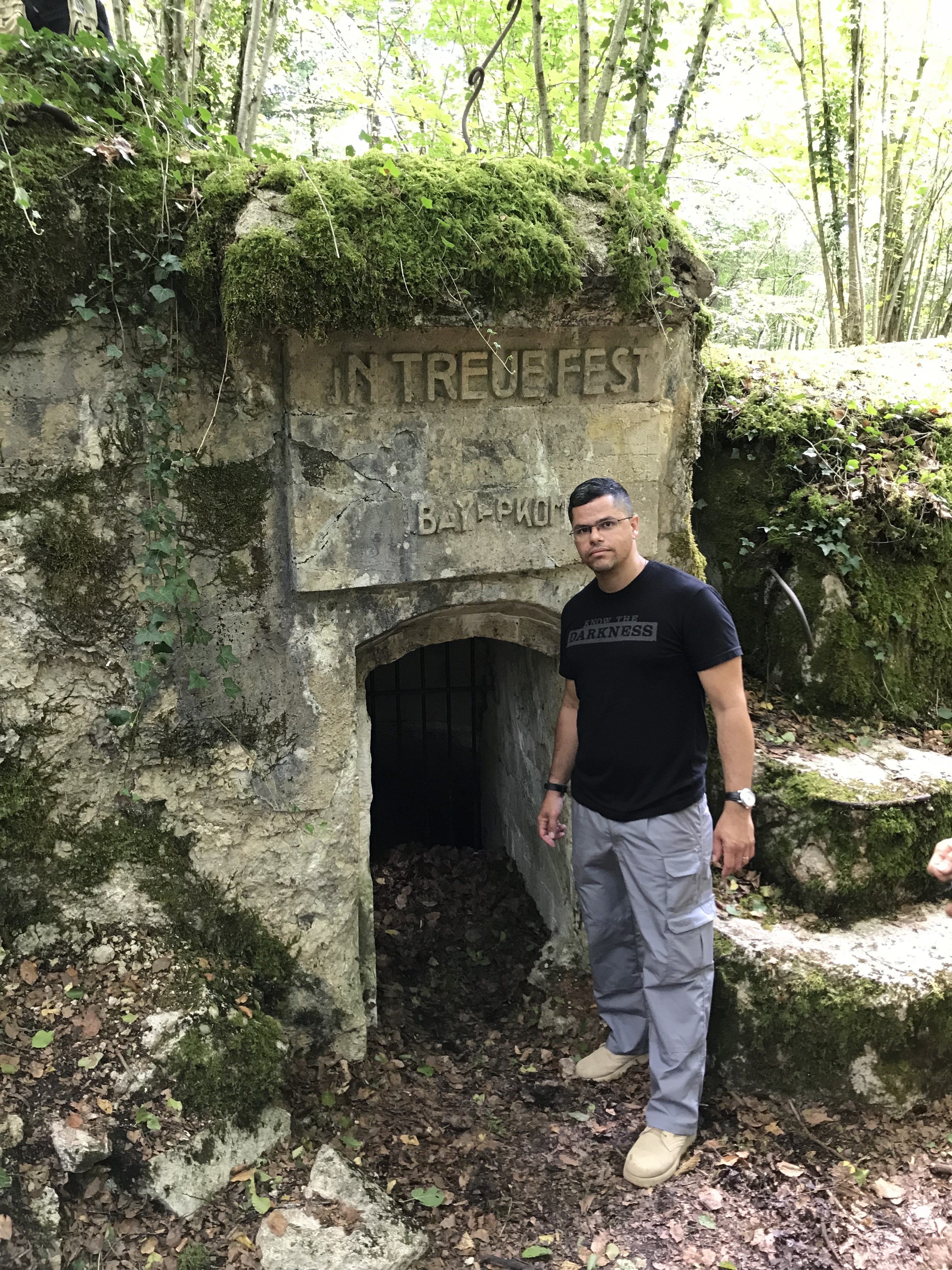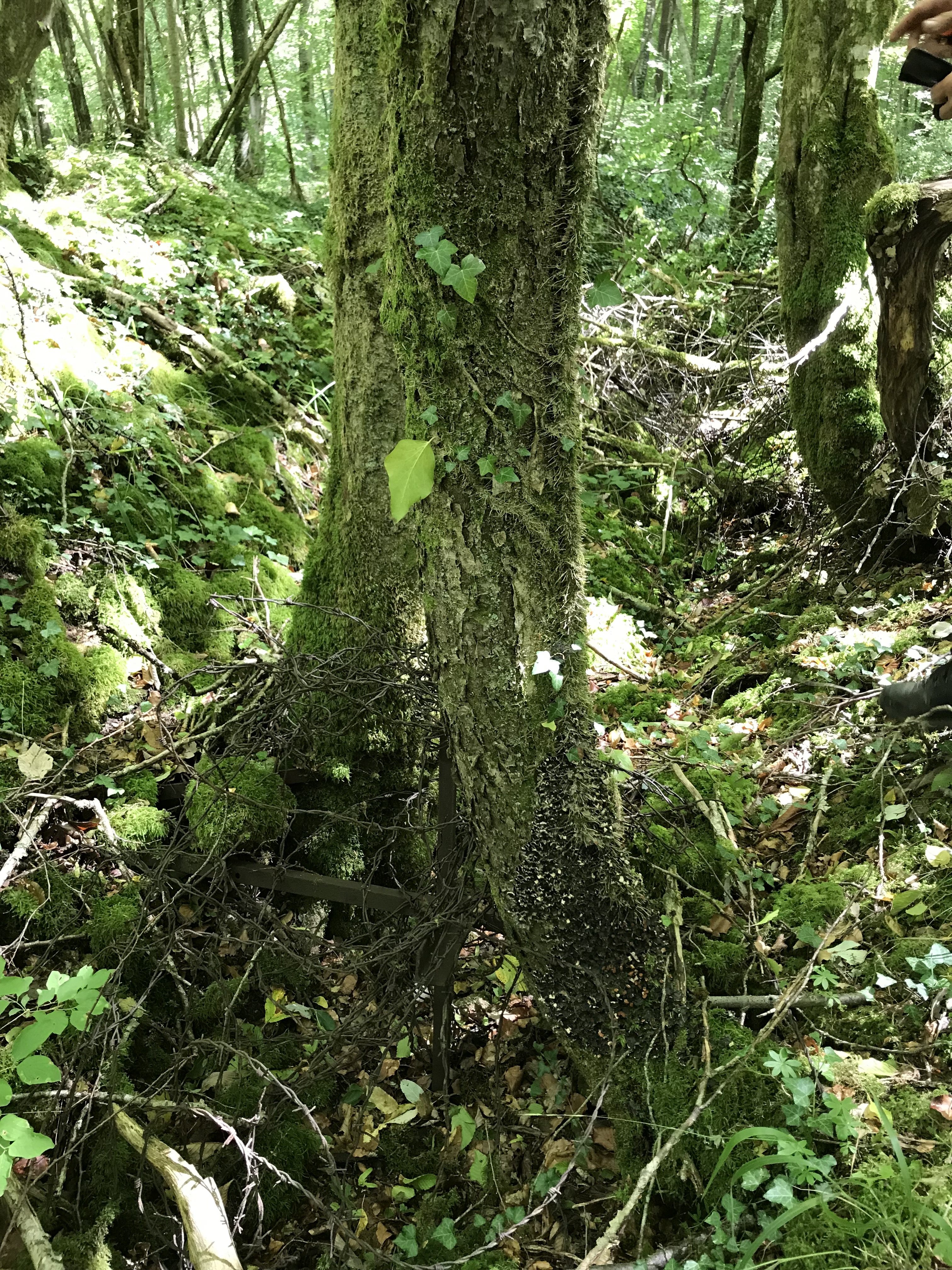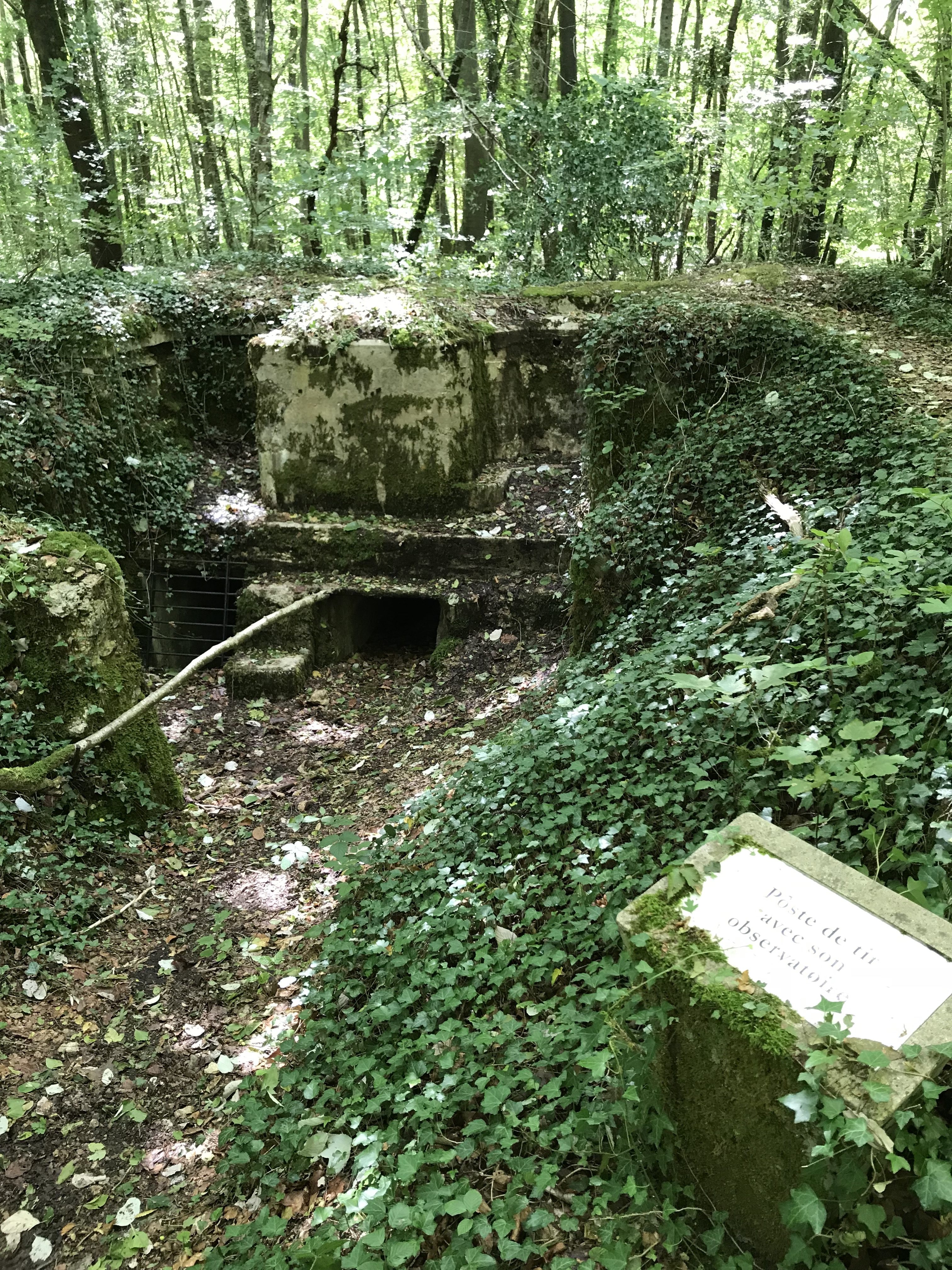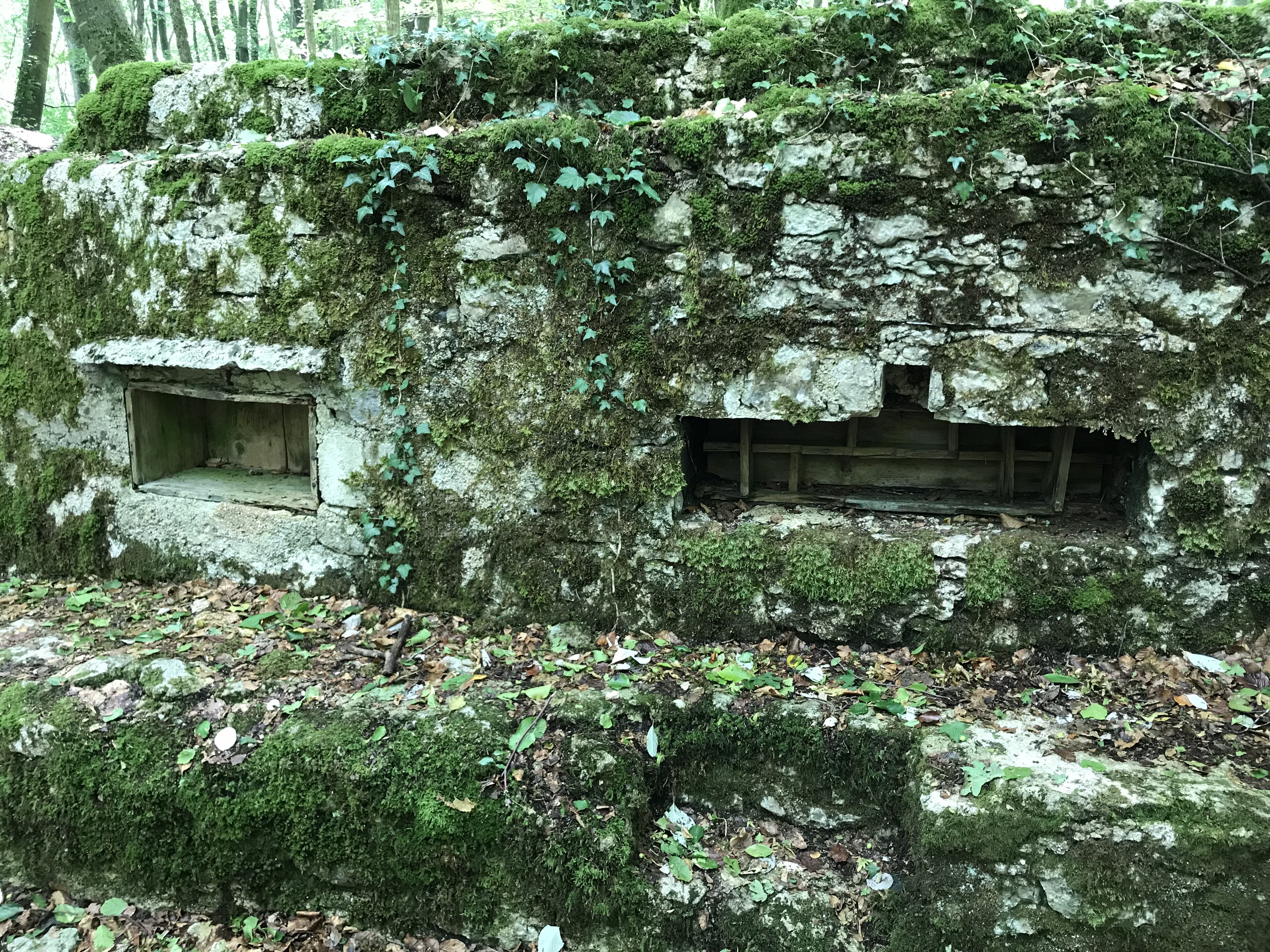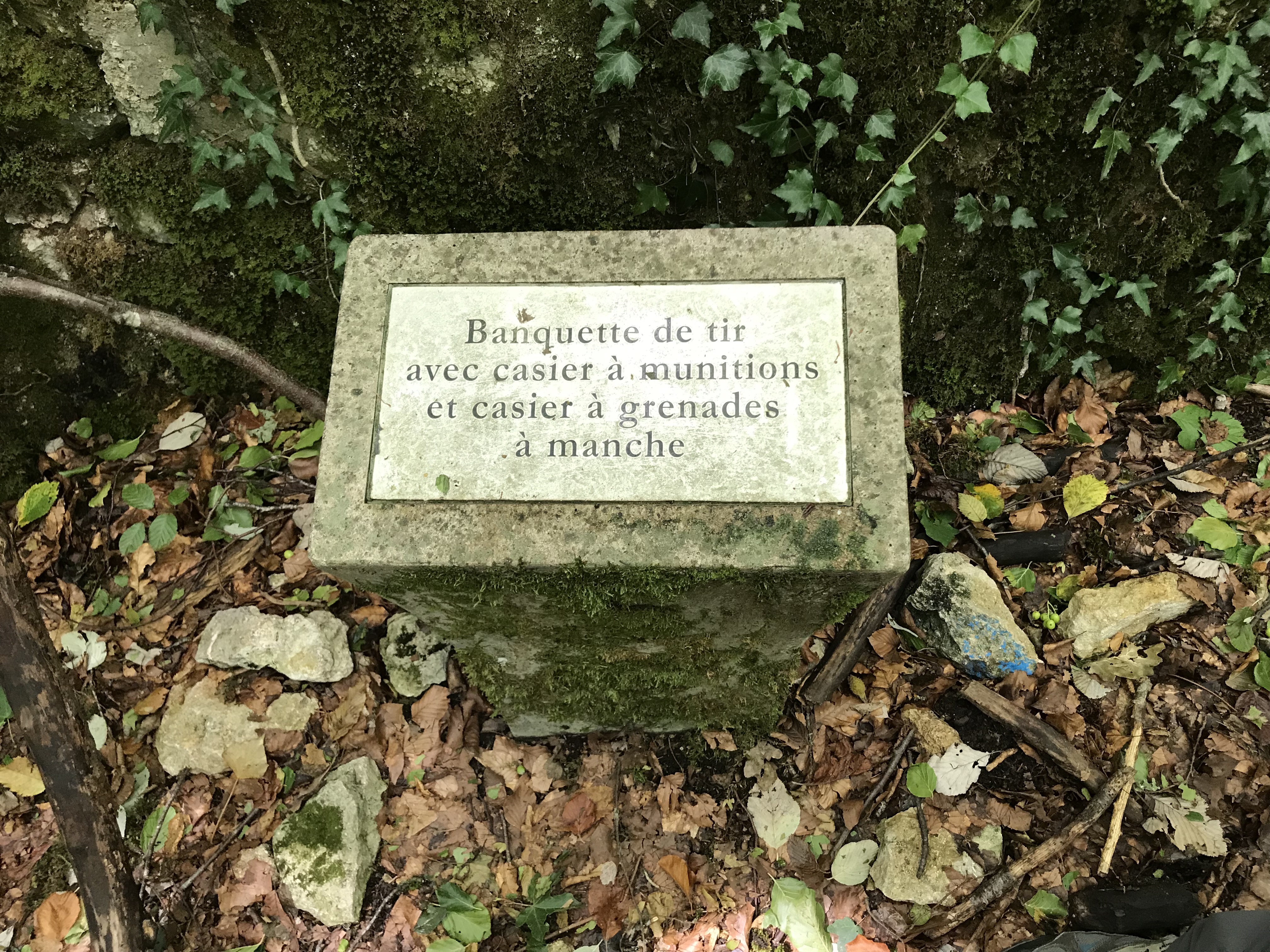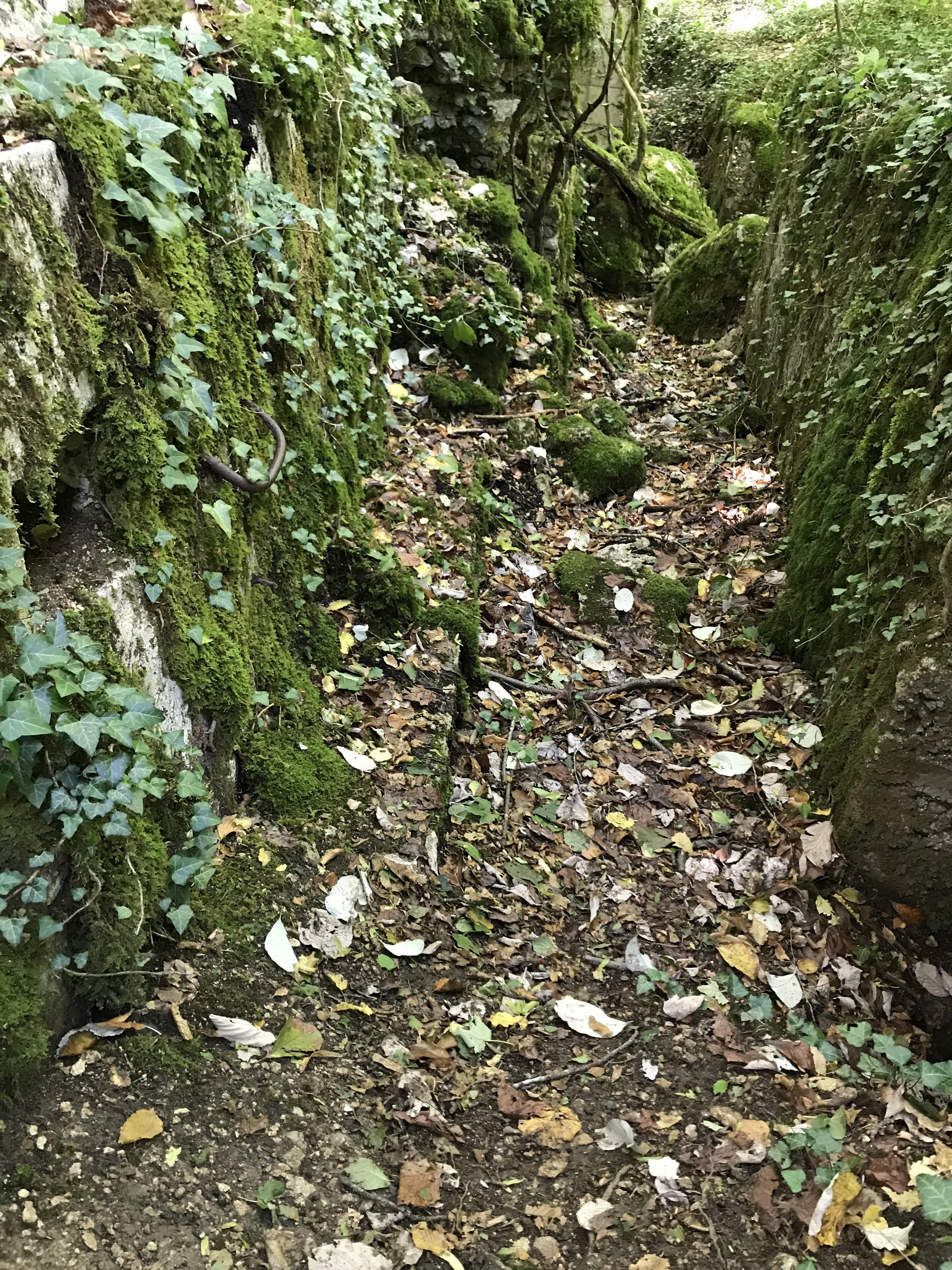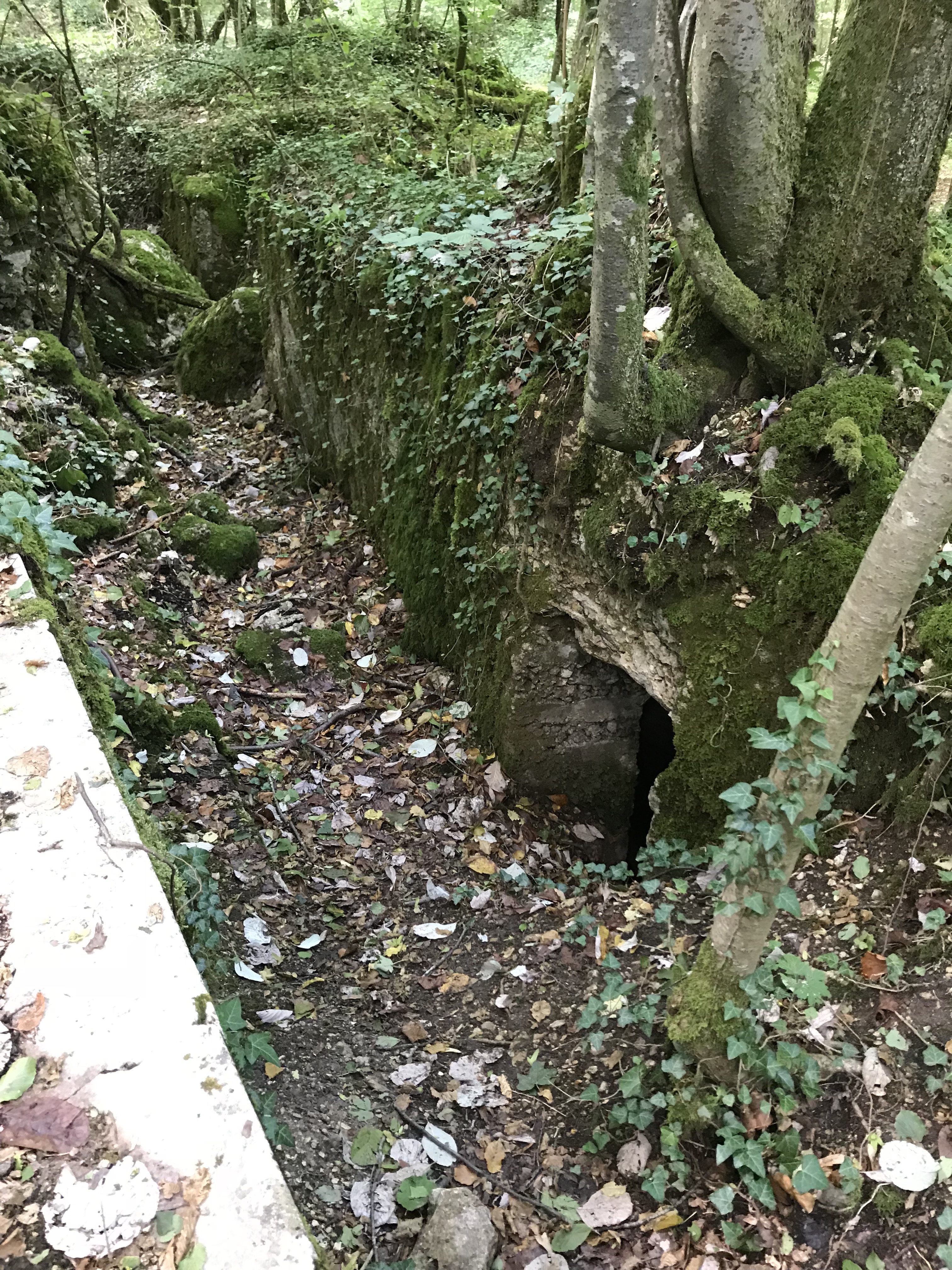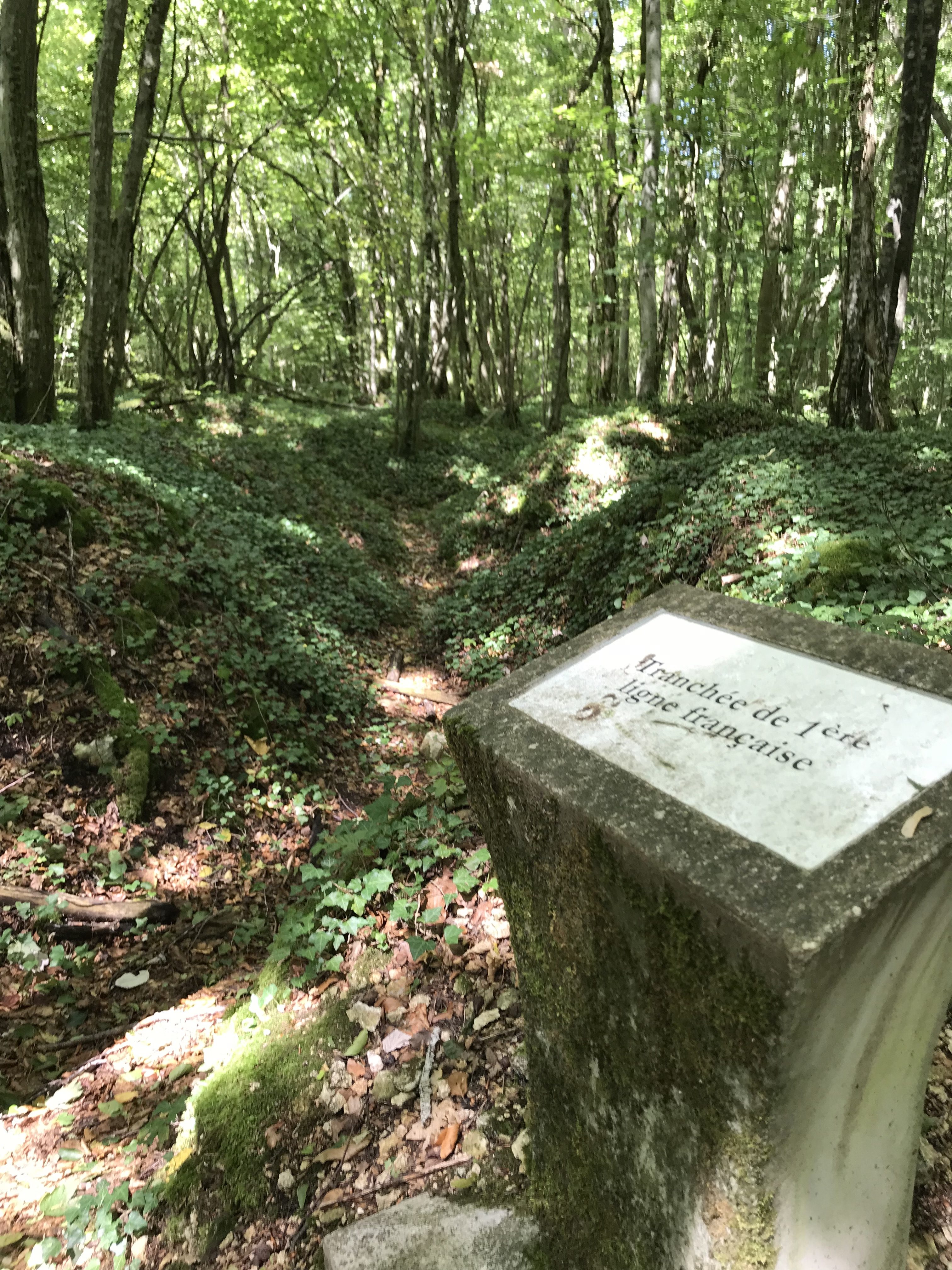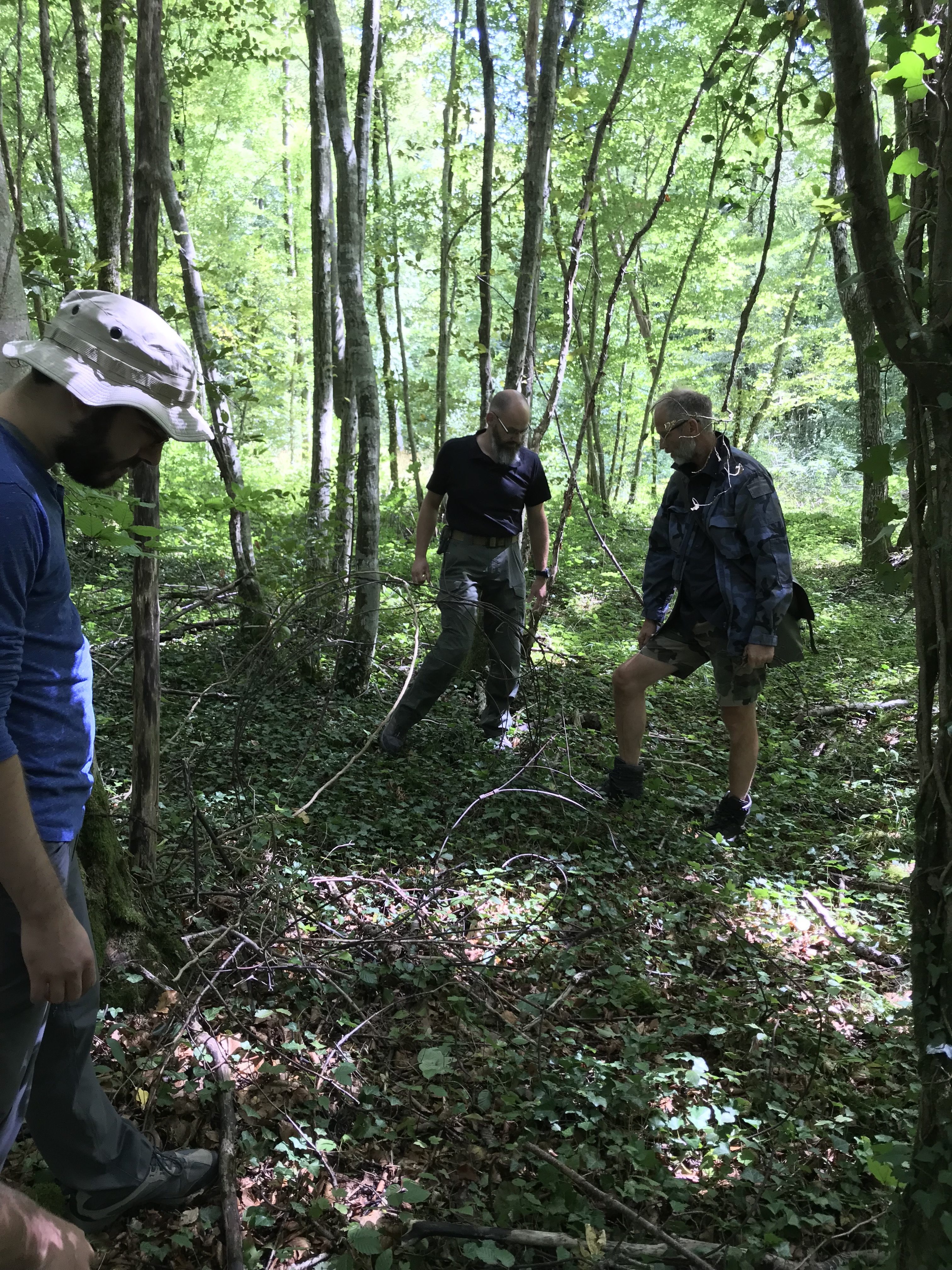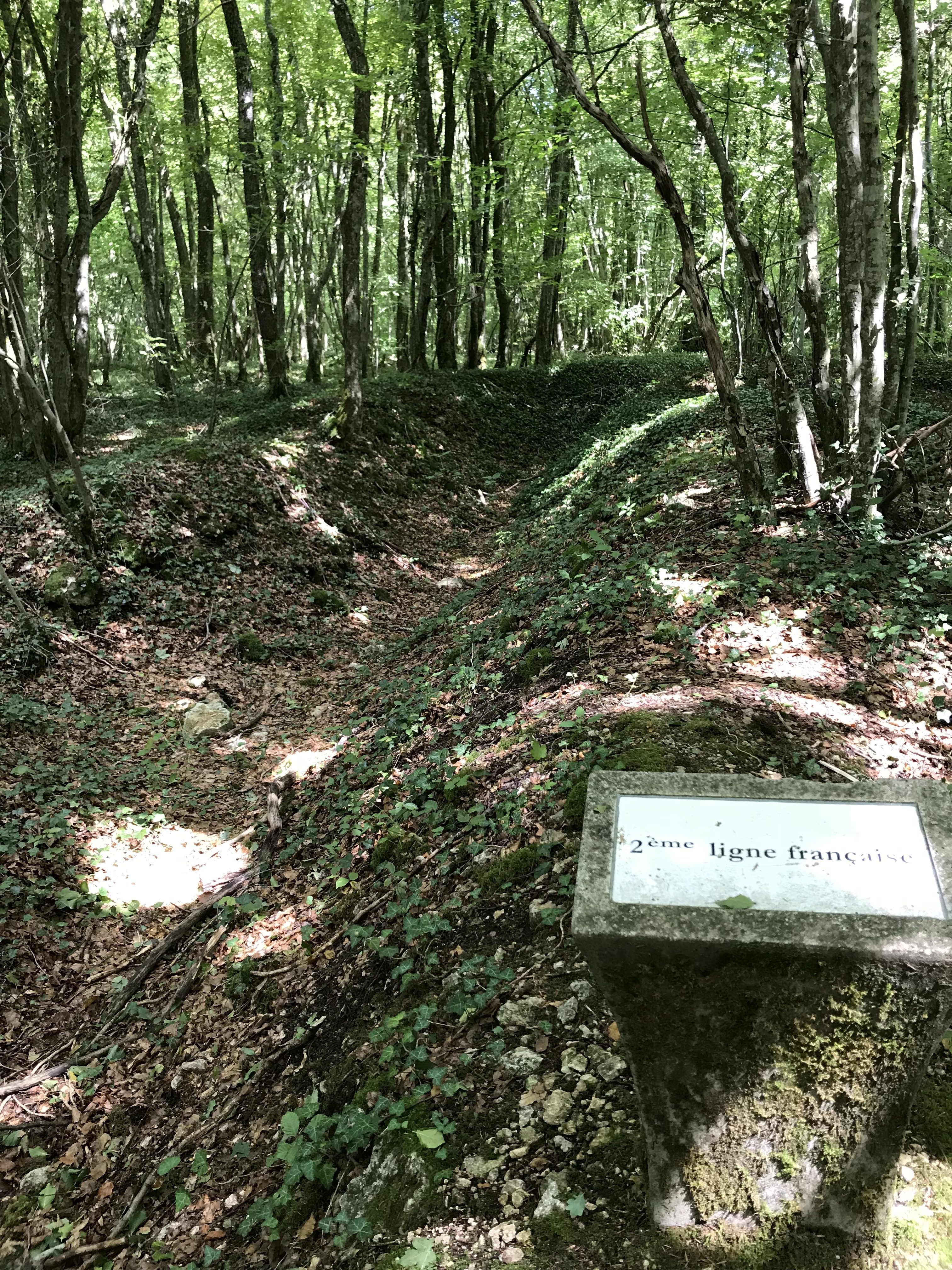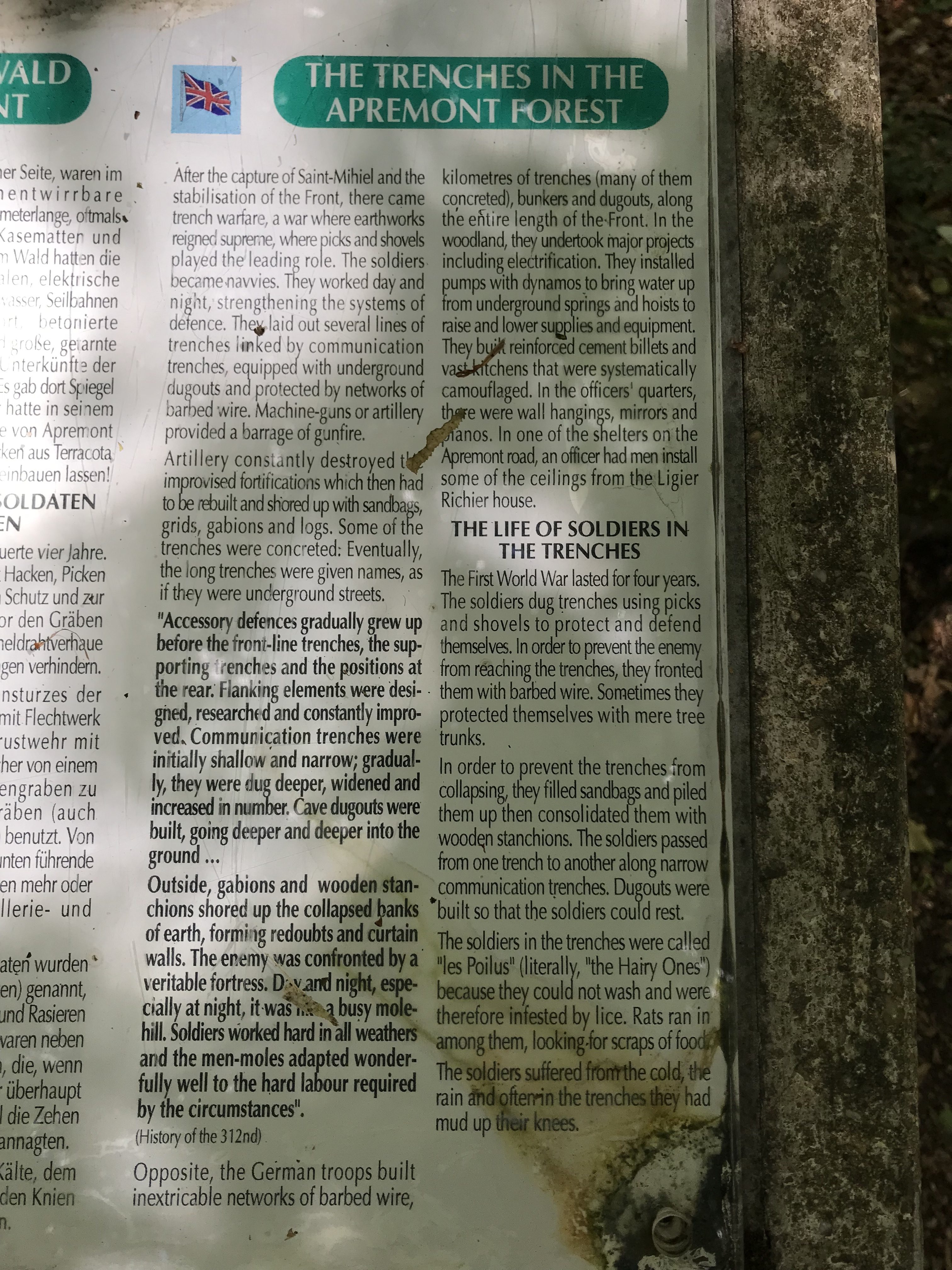Hey Folks, here is the first draft of the articles and books that have been or will be used during the BFWWP’s next battle. There will, of course, be updates as new materials come in.
Meuse-Argonne
26th Infantry Regimental Association. St. Mihiel: Attack of a Fortified Position. 1999, usacac.army.mil/cac2/csi/docs/Gorman/06_Retired/02_Retired_1991_99/35_99_StMihiel_Dec.pdf. Accessed: 25 AUG 2018.
American Battle Monuments Commission. American Armies and Battlefields in Europe. Washington, DC: Government Printing Office, 1938.
Barkley, John Lewis. Scarlet Fields: The Combat Memoir of a World War I Medal of Honor Hero. Lawrence: University Press of Kansas, 2012.
Beattie, Taylor V. “Whittlesey’s ‘Lost’ Battalion.” Army History, No. 54, p. 21-30. Accessed 29 APR 2018.
Beattie, Taylor V., and Bowman, Ronald. “In Search of York: Man, Myth & Legend.” Army History, No. 50, p. 1-14. Accessed 29 APR 2018.
Bradford, Alfred S., Jr. Meuse-Argonne, 1918: Killing Machines. Journal of Military History.
Carroll, Andrew. My Fellow Soldiers: General John Pershing and the Americans Who Helped Win the Great War. Penguin Books, an Imprint of Penguin Random House LLC, 2017.
Carter, Donald A. St. Mihiel: 12-16 September 1918. Washington, DC: Center of Military History, 2018.
Coffman, Edward M. The War to End All Wars: The American Military Experience in World War I. Lexington: University Press of Kentucky, 1998.
Dille, Earl K. “Alexander Skinker: Citizen Soldier.” Magazine of the Missouri Historical Society, 1999.
Duffy, Michael. Max von Gallwitz on the Battle of St. Mihiel, 12 September 1918. http://www.firstworldwar.com/source/stmihiel_gallwitz.htm Accessed: 25 AUG 2018.
The George C. Marshall Foundation. Education of a General: Chapter 11, St. Mihiel and the Meuse-Argonne. https://www.marshallfoundation.org/library/digital-archive/education-of-a-general-chapter-11-st-mihiel-and-the-meuse-argonne/. Accessed: 25 AUG 2018.
Faulkner, Richard S. Disappearing Doughboys: The American Expeditionary Forces’ Straggler Crisis in the Meuse-Argonne. Army History, No. 83, p. 6-25.
________________. Meuse-Argonne: 26 September – 11 November 1918. Washington, DC: Center of Military History, 2018.
________________. “‘Up in the Argonne:’ The Tragedy of Lieutenant Justus Owen and the 82nd Division in the First World War.” The Georgia Historical Quarterly, Vol. 80, No. 2, p. 276-298.
Ferrell, Robert H. Collapse at Meuse-Argonne: The Failure of the Missouri-Kansas Division. Columbia: University of Missouri Press, 2017.
Foch, Ferdinand, and Thomas Bentley Mott. The Memoirs of Marshal Foch. Doubleday, Doran and Company, Incorporated, 1931.
Hallas, James H. Doughboy War: the American Expeditionary Force in World War I. Stackpole Books, 2000.
Hamburger, Kenneth E. Learning Lessons in the American Expeditionary Forces. Washington, DC: Center of Military History.
Hart, Keith. A note on the Military Participation of Siam in the First World War. Journal of the Siam Society. 2015, accessed 22 NOV 2018: http://www.siamese-heritage.org/jsspdf/1981/JSS_070_0n_Hart_MilitaryParticipationOfSiamInWW1.pdf#page=3
Herring, George C., Jr. “Glad I Was In It:” An Iowa Doughboy in the Great War, 1918-1919. Army History, No. 103 (Spring 2017), p. 6-23, Accessed 29 APR 2018.
Joel, Arthur H. Under the Lorraine Cross; An Account of the Experiences of Infantrymen Who Fought Under Captain Theodore Schoge and of Their Buddies of the Lorraine Cross Division, While Serving in France During the World War. Andesite Press, 2015.
Lanza, Conrad H. “The End of the Battle of Montfaucon.” Field Artillery Journal.
________________. The First Battle of Romagne. Field Artillery Journal, Vol. 23, No. 6.
________________. The Third Battle of Romagne. Field Artillery Journal.
Lengel, Edward G. To Conquer Hell: The Meuse-Argonne, 1918. New York: Henry Holt and Company, 2008.
Laplander, Robert J. Finding the Lost Battalion: Beyond the Rumors, Myths, and Legends of America’s Famous WW1 Epic. Waterford: AEF Services, 2018.
Mason, Monroe. The American Negro Soldier with the Red Hand of France. Franklin Classics, 2018.
Mastriano, Douglas V. Thunder in the Argonne: A New History of America’s Greatest Battle. Lexington: University Press of Kentucky, 2018.
McKeogh, Arthur. The Victorious 77th Division (New York’s Own) in the Argonne Fight. New York: John H. Eggers Co, Inc., 1919.
Nelson, James Carl. The Remains of Company D: A Story of the Great War. St. Martin’s Press, 2009.
Stamas, Christ K. The Road to St. Mihiel. New York: Comet Free Press, 1957.
Yockelson, Mitchell. Forty-Seven Days How Pershing’s Warriors Came of Age to Defeat the German Army in World War I. New Amer Library, 2017.

